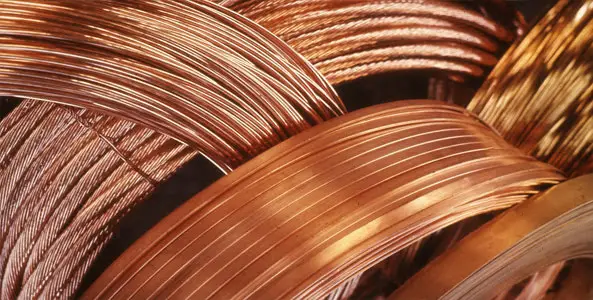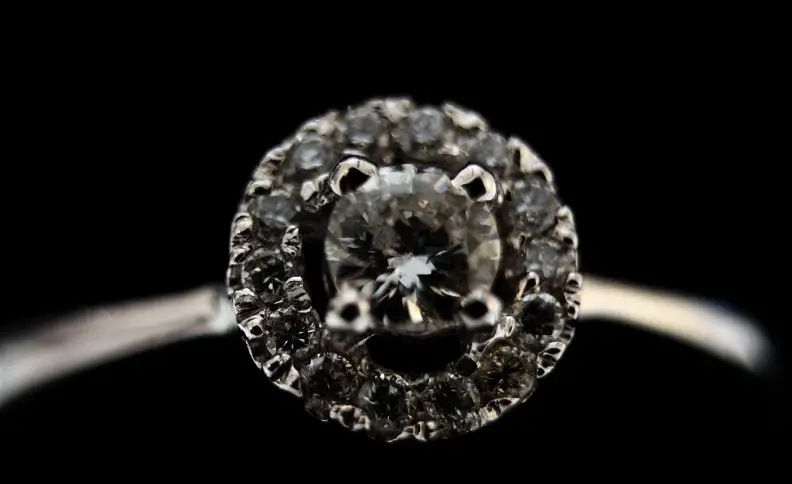The main difference between ductile and brittle materials is that ductile materials exhibit plastic deformation. While brittle materials tend to fracture suddenly. The other significant difference between them is that ductile materials absorb significant energy before fracturing. Brittle materials, on the other hand, absorb minimal energy before fracturing.
Ductility and brittleness are fundamental properties that help engineers, manufacturers, and designers to distinguish between different materials, and hence play an important role in various industries. In this article, I am going to outline some of the most important distinctions between these two material types in a tabular form. So without wasting any more time, let’s dive right in…!!!
Ductile Material vs Brittle Material
| Ductile Material | Brittle Material | |
| 1. | Ductile material exhibits plastic deformation. | Brittle material tends to fracture suddenly. |
| 2. | Display high elongation. | Display minimal elongation. |
| 3. | Ductile material absorbs significant energy before fracturing. | Brittle material absorbs minimal energy before fracturing. |
| 4. | Undergo permanent deformation upon load removal. | Undergo little to no deformation upon load removal. |
| 5. | Ductile material can be drawn into wires. | Brittle material cannot be drawn into wires. |
| 6. | Exhibit high toughness and impact resistance. | Typically have low toughness and impact resistance. |
| 7. | High tensile strength. | Low tensile strength. |
| 8. | Material failure is often preceded by noticeable plastic deformation. | Material failure is usually not preceded by noticeable plastic deformation. |
| 9. | Preferred for structural applications. | Examples of brittle materials include ceramics, glass, certain polymers, etc. |
| 10. | Examples of ductile materials include metals such as steel, aluminum, copper, etc. | Examples of brittle materials include ceramics, glass, and certain polymers, etc. |
What are Ductile Materials?

Materials or substances that undergo substantial plastic deformation are ductile materials. These materials possess the ability to withstand tensile stress without easily breaking apart. One defining characteristic of ductile materials is their capacity to elongate when subjected to tensile forces.
This property is attributed to the presence of dislocations within their atomic structure, which allows for the movement of atoms under stress. They exhibit high tensile strength, high toughness, and impact resistance. As a result, ductile material can be drawn into wires.
Properties of Ductile Materials
Some of the properties of ductile materials are as follows:
- Ductility contributes to the toughness of a material
- Ductile materials have the ability to absorb and dissipate energy
- Ductile materials possess a high tensile strength
- Ductile materials are malleable
- Ductile materials can undergo plastic deformation, etc.
Examples of Ductile Materials
Some examples of ductile materials are:
- Copper
- Magnesium alloys
- Aluminum
- Steel
- Nickel
- Zinc, etc.
What are Brittle Materials?

Materials or substances tend to fracture suddenly after the application of stress or force is brittle materials. These materials often have a highly ordered arrangement, with strong bonds between atoms or molecules. Therefore, when stress is applied, the material tends to undergo minimal elastic deformation before reaching its breaking point.
Unlike ductile materials, which can undergo substantial elongation before breaking, brittle materials have limited ability to absorb energy or deform without catastrophic failure. They exhibit low tensile strength, low toughness, and low impact resistance. As a result, brittle materials cannot be drawn in wires.
Properties of Brittle Materials
Some of the properties of brittle materials are as follows:
- Brittle materials have low toughness
- Brittle materials absorb and dissipate minimal energy
- Brittle materials have a low tensile strength
- Brittle materials are non-malleable
- Brittle materials cannot undergo plastic deformation, etc.
Examples of Brittle Materials
Some examples of brittle materials are:
- Glass
- Ceramic
- Graphite
- Granite
- Marble
- Limestone, etc
That’s it for this post. If you like this article, share it if you like, like it if you share it. You can also find us on Mix, Twitter, Pinterest, and Facebook. Hey man, If you have come this far, do give us feedback in the comment section. It would make my day. You can also make a donation. Your donations will help us to run our website and serve you BETTER. Cheers!!!
